Help Prevent Injuries With These Stretches & Exercises
As a physiotherapist working in a population full of outdoor sport and type B fun enthusiasts, I am fortunate to see a wide range of chronic and traumatic injuries. Chronic injuries are those that manifest gradually over time and typically arise from an error in technique, training, or equipment. While we can’t always anticipate and prevent traumatic injuries, we can certainly take simple measures to prevent chronic ones.
Being that I have a biased participation in all forms of two-wheeled fun, I am going to highlight the most common preventable injuries that I observe in cyclists and mountain bike athletes, accompanied by your new essential off-bike prehabilitation toolbox.
Inadequate ‘cross-training’ or off-bike conditioning is the most common contributor to preventable injuries. Given that the physical requirements of pedalling are relatively homogenous in comparison to the diverse muscular demands of other sports, we develop common patterns of muscular imbalances. These imbalances alter the harmonious relationship between mobility; how well our joints move, and stability; how well our muscles’ control those movements and absorb impact. Cross-training, or off-bike conditioning aims to restore this balance while ensuring that we are recruiting the best-suited muscles for the job.
Problem #1:
Consider that our position on a bike looks a lot like our position at a desk. Compiled with the fact that we collectively spend far too much time sitting, we develop tight hip flexors and dominant quadriceps along with weak, underactive gluts. This imbalance commonly contributes to patellafemoral pain syndrome (knee pain).
In a nutshell, tight hip flexors and dominant quadriceps create increased loading and compression at our patellafemoral joint while riding, but also with off-bike activities (running, stairs, hiking etc.). Thankfully we are well informed that a favorable work-station set-up can improve posture and thus, alleviate pain. Similarly, an optimal bike fit and position, although not widely prioritized in the mountain bike world, can play a huge role in alleviating knee pain, among other sources of pain. If you’re doing any pedalling at all, ask your Physio or local bike shop to consider your riding position.
Problem # 2:
It might not surprise you that this positional redundancy, combined with insufficient core function and endurance can also commonly lead to lower back pain. Our core muscles serve to maintain dynamic control and alignment of our spine and pelvis while riding. This not only aids in shock absorption, protecting our spine while we descend, but also optimizes power output while we pedal. When these muscles are functionally inept, the system crumbles, and our hip flexors and back extensors are burdened with a task they weren’t designed for, creating tension-type lower back pain, followed by other secondary injuries if left unaddressed.
Problem #3:
Another common complaint stemming from the positional demands of riding is upper back and neck pain. Both on the road and on the trails, this is typically associated with a lack of thoracic spine (mid-upper back) mobility and insufficient scapular and core stability, resulting in excessive weight distribution through your upper body. Thinking back to the importance of your bike position, your pain may also be associated with inappropriate bar width, seat height and/or reach.
Excluding improper bike fit as the source of your pain, if the muscles that should stabilize your shoulder complex while descending are slacking, your body is clever to recruit other muscles, namely your pecs, upper trapezius, and neck extensors, to assist in absorbing impact. Similarly, if you’re lacking adequate hip, pelvis and spinal mobility to achieve and maintain a neutral spine while pedalling your road bike for long hours, you will experience fatigue-related discomfort of these same muscles as they attempt to compensate, outside their line of duty.
Over time, if not addressed with appropriate off-bike interventions, these muscular imbalances, and their resultant pain will become reinforced.
To help reinforce this concept, think of the repercussions we might observe if we asked our accountant to build our house, or a construction worker to file your taxes…… Both would perhaps step up to the challenge but would lack the endurance and skill set to excel at the untrained task.
So, while cross-training can't prevent you from casing a jump and breaking a wing, it can prevent the nagging injuries that don't accompany a cool story. Cross-training can also reduce the severity of your crash-related injuries. For example, strength training increases bone strength, therefore decreasing the likelihood of a fracture. Stability training improves your muscles’ ability to protect your joints and ligaments during a crash, reducing your likelihood of sustaining a ligamentous injury (ie. AC joint). Regardless of your injury severity, off-bike conditioning can shorten your healing timeline and get you back on your bike quicker.
So, as promised, here are some basic essentials that I recommend you integrate into your weekly rituals to help keep you out of the clinic and on your bike. I will be the first to admit that this stuff will not hold your attention like Tiger King. So, turn on that nonsense and kill two birds with one stone! Also, please bear in mind when watching these exercise videos that my skills as a Physiotherapist, rider and snack queen far outweigh my skills behind a camera!
Disclaimer: The information provided in this article is based on my own clinical observation, and knowledge gained from evidence-based practice. That said, it is my personal belief that purple tights alleviate boredom and facilitate gains.
Disclaimer: The information provided in this article is based on my own clinical observation, and knowledge gained from evidence-based practice. That said, it is my personal belief that purple tights alleviate boredom and facilitate gains.
Stretches
Ideally these are performed post vs. pre-ride.
Side lying quad stretch: Aims to stretch your quads and your hip flexors unlike your typical standing quad stretch. Hold 1-2 minutes.
Foam rolling ITBand: Aims to restore the slide and glide between your muscle and the saran-wrap like tissue surrounding it. Aim for 2-3 minutes.
Pec Stretch: Lie with spine length-wise on a long foam roll or rolled yoga mat. Relax arms out to side as shown trying to keep mid back flat. 2-3 minutes
Thoracic Mobility: Lie on roll at shoulder blade level, butt resting on ground. Interlace fingers to cradle head in hands. On your exhale, relax back over roll expanding through heart and chest, while keeping lower ribs from flaring outwards. Breathe here 5-10 breaths if comfortable, or roll back up like a partial sit-up and perform this motion repeatedly for a more dynamic stretch.
Foam rolling ITBand: Aims to restore the slide and glide between your muscle and the saran-wrap like tissue surrounding it. Aim for 2-3 minutes.
Pec Stretch: Lie with spine length-wise on a long foam roll or rolled yoga mat. Relax arms out to side as shown trying to keep mid back flat. 2-3 minutes
Thoracic Mobility: Lie on roll at shoulder blade level, butt resting on ground. Interlace fingers to cradle head in hands. On your exhale, relax back over roll expanding through heart and chest, while keeping lower ribs from flaring outwards. Breathe here 5-10 breaths if comfortable, or roll back up like a partial sit-up and perform this motion repeatedly for a more dynamic stretch.
Core and Shoulder Stability
Neutral spine what now ???? Not all core exercises aim to maintain a neutral spine, of course, however, your ABILITY to do so is critical not only in the prevention of chronic pain/injuries, but also to improve dynamic control descending, improve general bike handling skills, and to increase power output and decrease energy expenditure while pedalling.
I recommend incorporating a core routine into your life, 2-4 days/week.
Toe taps: This exercise is a great place to start a core routine, as it aims to wake up and retrain your deep core muscles to stabilize your spine and pelvis. Their competence can, in turn, inhibit overworking back extensors, hip flexors, and muscles of your neck that may be helping absorb impact and stabilize unnecessarily. I recommend doing 2-3 sets of the maximum number of reps you can do correctly.
Bird dog: Another great option to challenge your ability to maintain a neutral spine while also challenging shoulder stability in a weight bearing (mountain bike-specific) position. Attaching a medium resistance band to your moving hand and foot (opposites), as shown, can be a nice addition to fire up the under-active muscles of your moving shoulder, and gluts of your moving leg. I recommend 2-3 sets of 10-12/side.
Knee hover: Start on all 4's, similar to your bird dog above. Find your neutral spine, engage your deep core muscles, then slowly hover BOTH knees 1 cm off the ground. Hold 5-10 breaths - Repeat 5-10 times.
Progression 1: From your knee hover position, try to extend one leg behind you without losing your neutral spine.
Progression 2: From your knee hover position, reaching one arm forward and extending your opposite leg behind you, without losing your neutral spine.
Do 2-3 sets of 6-12 reps/side (# of reps you are able to do with correct form)
Progression 2: From your knee hover position, reaching one arm forward and extending your opposite leg behind you, without losing your neutral spine.
Do 2-3 sets of 6-12 reps/side (# of reps you are able to do with correct form)
Y-Reach for shoulder (scapular) stability: I liked to combine this exercise with split squats (see below), to spend less time in the gym, while ticking off all the boxes
Plank/Downward dog: Another great exercise to target core and shoulder stability, as well as providing a dynamic hamstring stretch. Note, this exercise requires adequate thoracic/upper back and shoulder mobility. If you have any current shoulder pain, a history of shoulder impingement or rotator cuff injury/surgery, consult with your Physiotherapist before giving this one a try! Aim for the same reps/sets as my other core suggestions.
Functional Lower Body Strength and Stability
Split Squats: Split squats are basically your single leg squat. Here is a list of reasons why these are my personal favorite cross-training and rehabilitation tool for cyclists:
1. They provide a dynamic hip flexor/quadricep stretch for the hind leg
2. They challenge your core and pelvic stability in a way that translates to better power output and glut recruitment on the bike.
3. They can be an effective tool to correct dynamic hip, knee and ankle alignment, or tracking errors that can contribute to chronic pain on and off the bike including, patellafemoral pain, lliotibial band syndrome and achilles tendinopathy. See progressions below for band integrations.
Note: You're objective is to maintain a level pelvis and neutral spine throughout this exercise. With that, make sure you are able to do the basic version well for 2-3 sets of 15-20 reps targeting endurance, before progressing to the band options, adding weight and or speed variations (see below). Depending on the time of year, and how much riding you are doing, I recommend incorporating these into your weekly routine 2-3 days/week. If you are incorporating the strength or speed/agility variations, make sure they are done on separate days.
Modifications and Stability Progressions
Modification for knee pain: Replace standard split squats with bulgarian split squats if you experience knee pain of the leg that is behind.
Stability Progression 1: Band resisting inward collapse of the knee.
Stability Progression 2: Band resisting shoulder stability and torso rotation, and secondary inward collapse of the knee.
Stability Progression 1: Band resisting inward collapse of the knee.
Stability Progression 2: Band resisting shoulder stability and torso rotation, and secondary inward collapse of the knee.
Strength Progressions: Once you've mastered the standard split squat, add weight, increase your sets and decrease your reps. For example 4-6 sets of 6-8.
Speed and Agility Progressions: The possibilities are endless here. A few ideas include simple increasing the speed of your standard split squat, jump to switch legs, try doing them with your front foot on an uneven surface like a bosu or foam pad. Aim for similar reps/sets as your standard split squats.
Please note that while this post has touched on shoulder and postural stability to prevent chronic pain while riding, it does not include recommendations for upper body strength training. As mentioned earlier, I recommend whole-body strength training both to decrease the severity of crash-related injuries, but also to speed your recovery following the worst-case scenarios.
That pretty much sums up your Prehabilitation Toolbox, all of which can be done from home with minimal equipment and minimal time, allowing you to spend more time on the trails! Please contact me or your local Physio if you're looking for additional guidance on personalizing your cross-training plan or, if you are experiencing pain or limitations with any of the above suggestions.
View my Instagram account for more tips and tricks, but mostly just bike-related posts!
Happy Riding!
Author Info:
Must Read This Week
How to Watch the 2024 Mountain Bike World Cup [Update: Staylive Offering Access in New Zealand, South Africa & More]
60298 views
60298 views
[UPDATED] Final Elite XC Results & Overall Standings from the Mairiporã XC World Cup 2024
41220 views
41220 views
Sign Up for the Pinkbike Newsletter - All the Biggest, Most Interesting Stories in your Inbox
PB Newsletter Signup
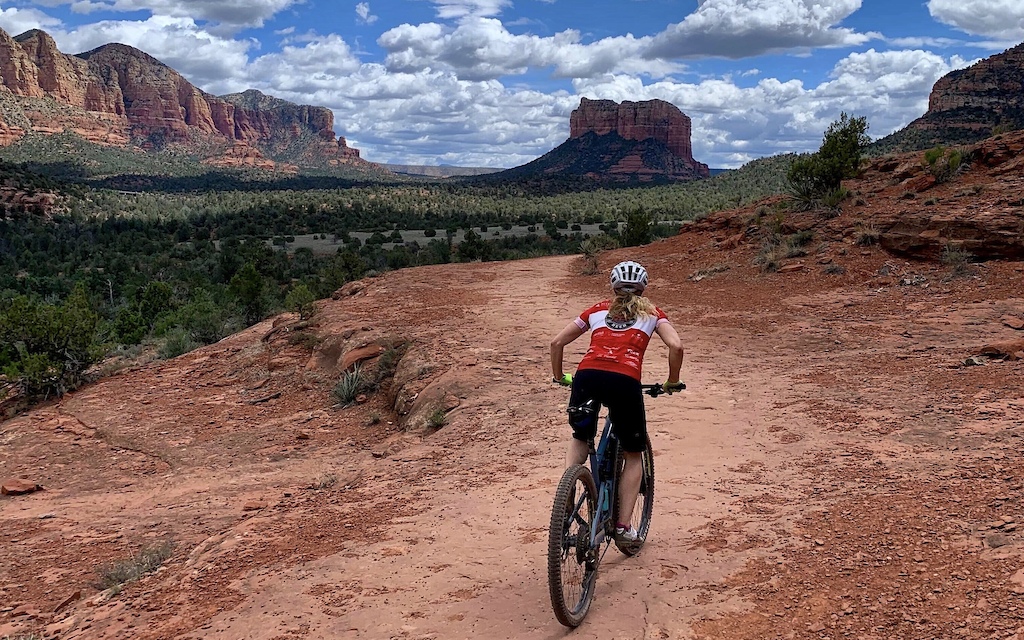

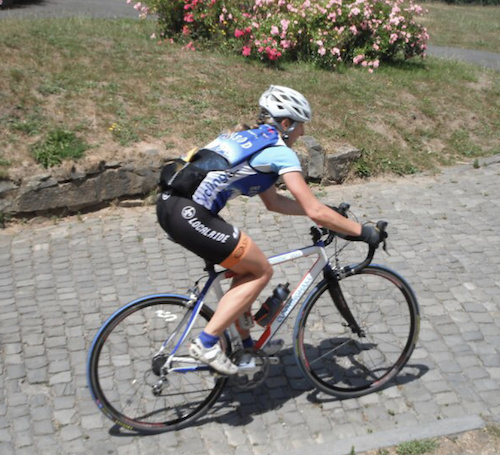

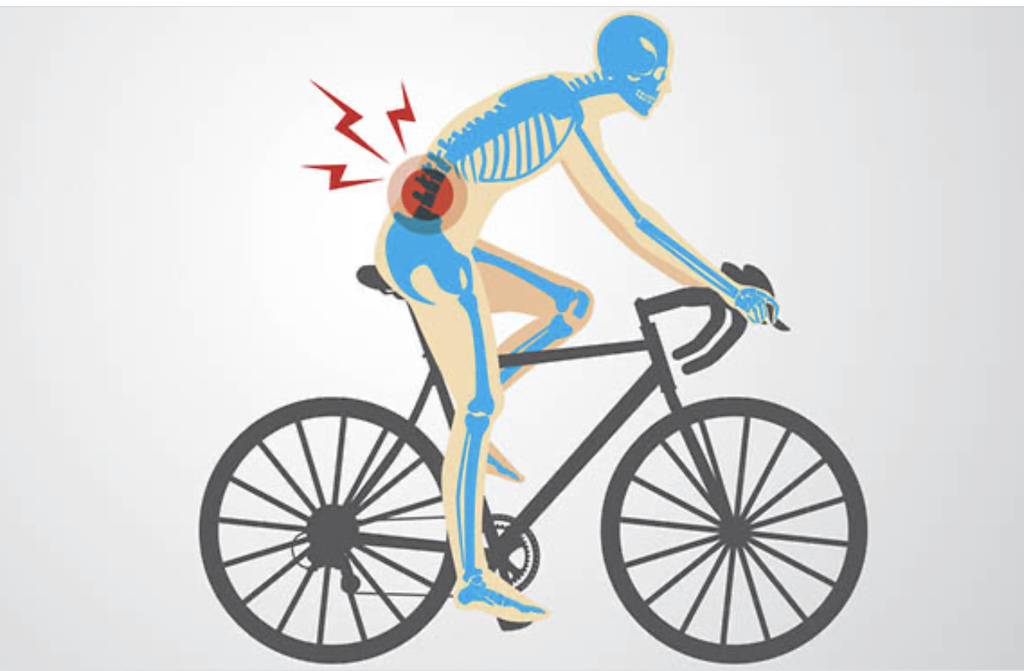





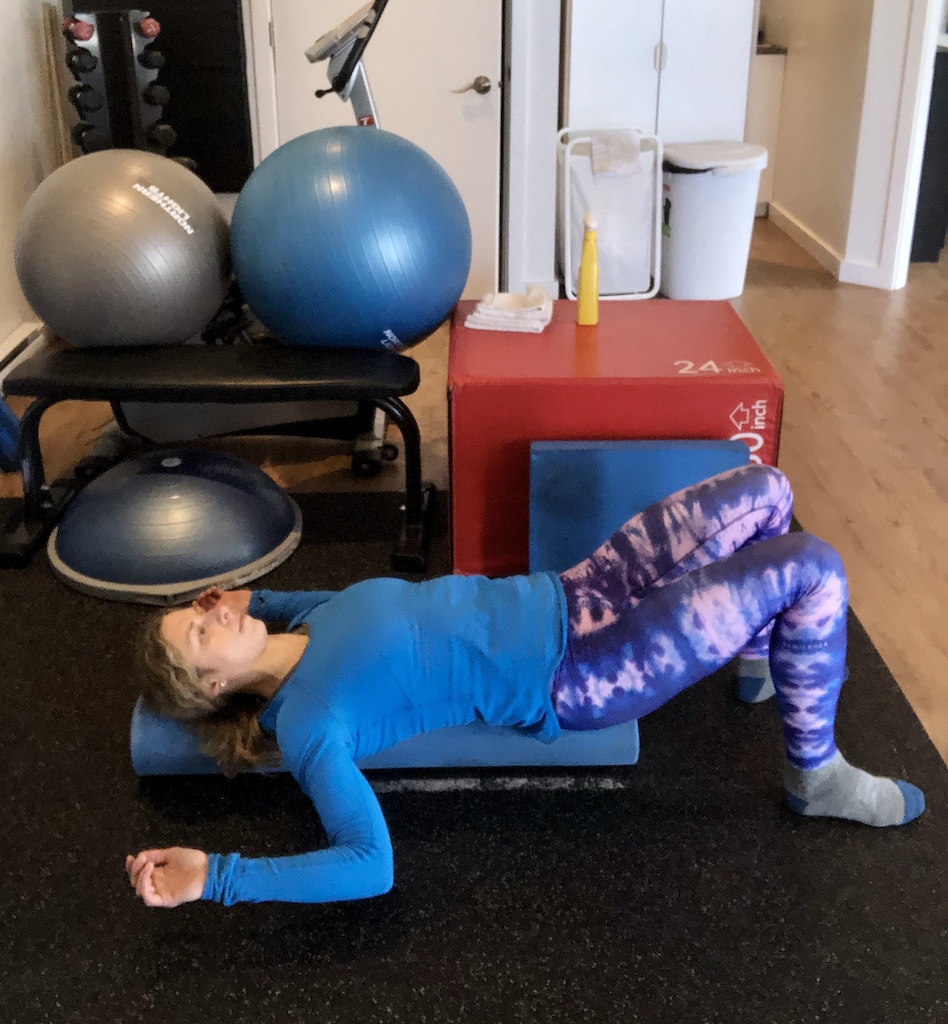




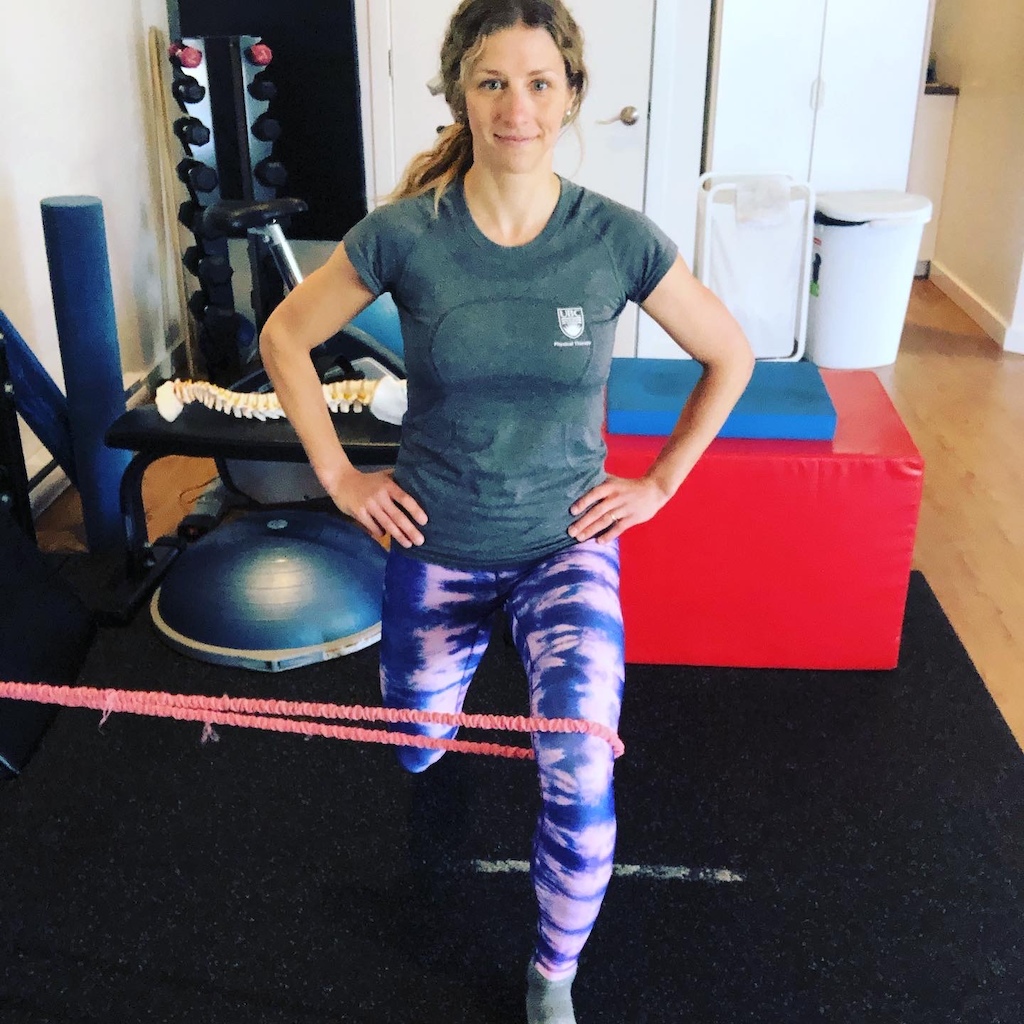
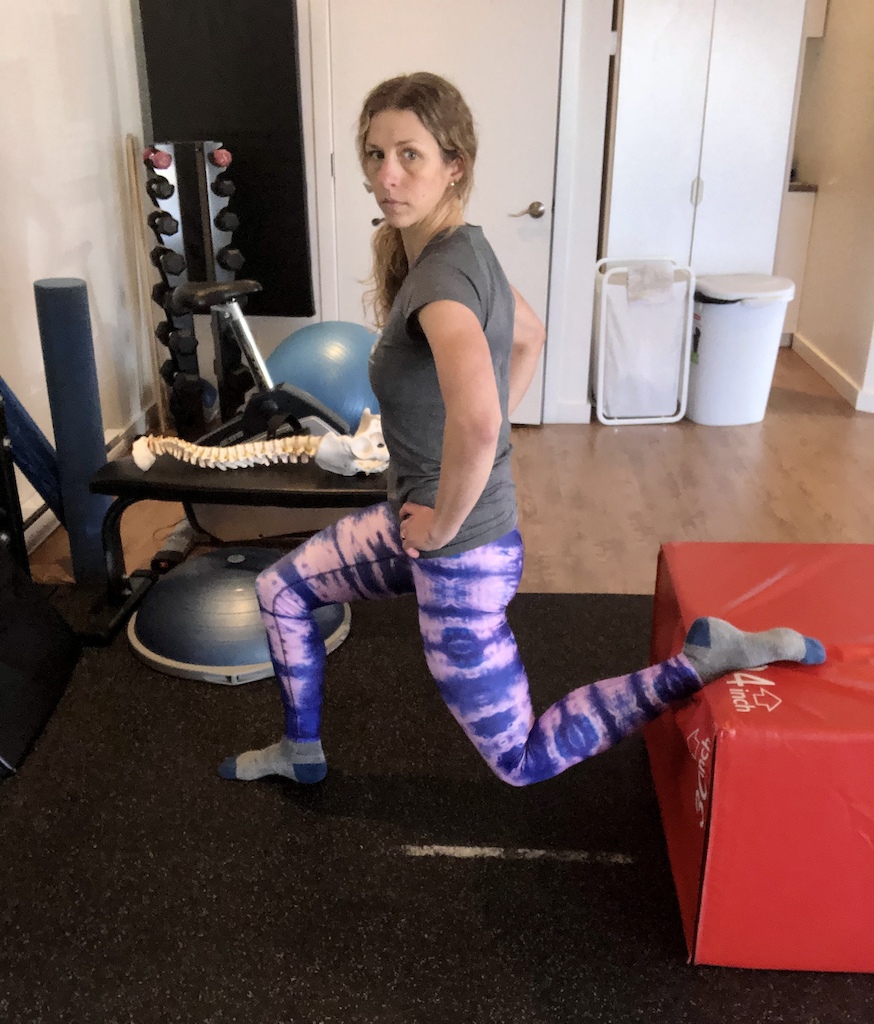
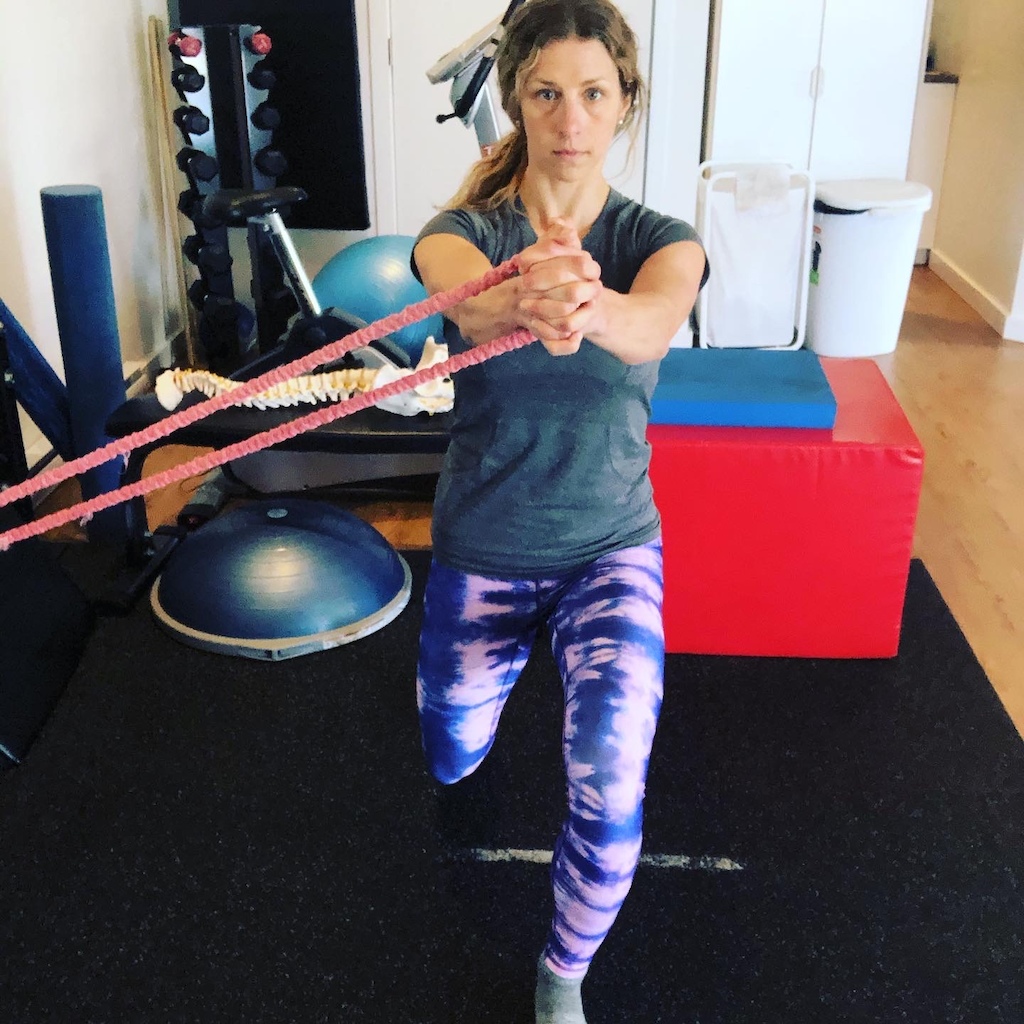

I've been having bad back pain, now knee pain, I've been off the bike since last fall (depressing!) and am only now starting to get back into it with some physical therapy, and they are having me do similar exercises as in this article. And I'm an old man at just 29 years old!
Really appreciate this kind of content! Thanks!
Long and the short - I'm back on my road and mountain bike (still pretty conservative on my distances and the technicality of trails), but I feel SO much more stable and in control. Do the real core work! Don't get to a point where you feel like you'll never be able to pursue your passion in biking again!
Type B: Doing something insufferably difficult and coming to the conclusion afterwards that it was actually a good time.
First off, we don't know actually what causes chronic injuries - we do know that many injuries, particularly chronic ones, pull from a bio-psycho-social model and as pain continues biology becomes less of a factor. We do know that strength training is one of the only ways to prevent overuse injuries as compared to stretching and proprioceptive training.
Can you please cite your sources for "muscle imbalances" being relevant for anything. Muscle imbalances can't even be reliably measured let alone the foundation for a hypothesis about how injuries in mountainbiking occur.
Can you please cite your source for improper posture causing pain? There are no bad postures. There may be postures that temporarily provoke pain and may need to be modified until proper adaptation can occur.
Can you please cite how improper mobility can lead to pain and how mobility exercises can decrease pain? We know stretching doesn't work to increase mobility(Cochrane review) and we know "deficits" in mobility don't cause injuries.
Besides the recommendation of strength training exercises, I strongly oppose everything you've said in here and I'm shocked that physiotherapy schools still teach outdated material like this.
My reaction is strong because not only do these interventions not work - besides strength training and a huge healthy dose of sport specific training(aka proper mobility work) that should take place on a bike - but the manner in which you say these things have the potential to DAMAGE your readers and patients self worth. A Nocebo.
By saying things(that don't even have strong evidence) that make humans feel like they are lacking, fragile and immobile you are doing the general population a huge disservice and potentially harming people's psychological and physical well being. When only 15% of the population gets adequate exercise, we need to be encouraging free form exercise in whatever ways possible. Not preying on their fears to sell our services. I'd kindly recommend looking up evidence based exercise recommendations to recommend for your future articles.
Massively tight - My leg cannot go past inline with my body. The tightness in my illopsoas pulls my lower back inward, helping contribute to my constant lower back pain. I have also been told while getting deep tissue massage on my iliopsoas that they had never felt one so tight.
If what I read was not The same Cochrane review that you were speaking of then please cite your sources.
Read through the first page that looked interesting on the painscience link "Morning Back Pain" and none of the potential causes are at all related to my pain and none of the "are probably wrong's" are what I have been told about my back pain either. That is not to say though that that sight does not have good information and won't help some people. My back pain is due to my coccyx being rotated out of position for a very long time and my muscles have tightened to guard it over the decades. This in combination with my overly tight iliopsoas pulling my lower back inward have caused the chronic pain over the last 21 years. It was originally due to injury that was misdiagnosed at the time that it happened and then I lost insurance coverage after that so stopped all treatment. I could never afford to address it again even once I had insurance again, until pre-existing condition rules went away for insurance. I was finally on the path to relief through stretching, Massage and working with an Osteopath to align my pelvis and allow the coccyx to go back to it's natural home, then everything where I live shut down so I am on pause, but have a way forward once things open back up.
www.cochrane.org/CD007455/MUSKEL_stretch-effective-treating-and-preventing-joint-deformities
This is the last time I'll be commenting. I wish you the best.